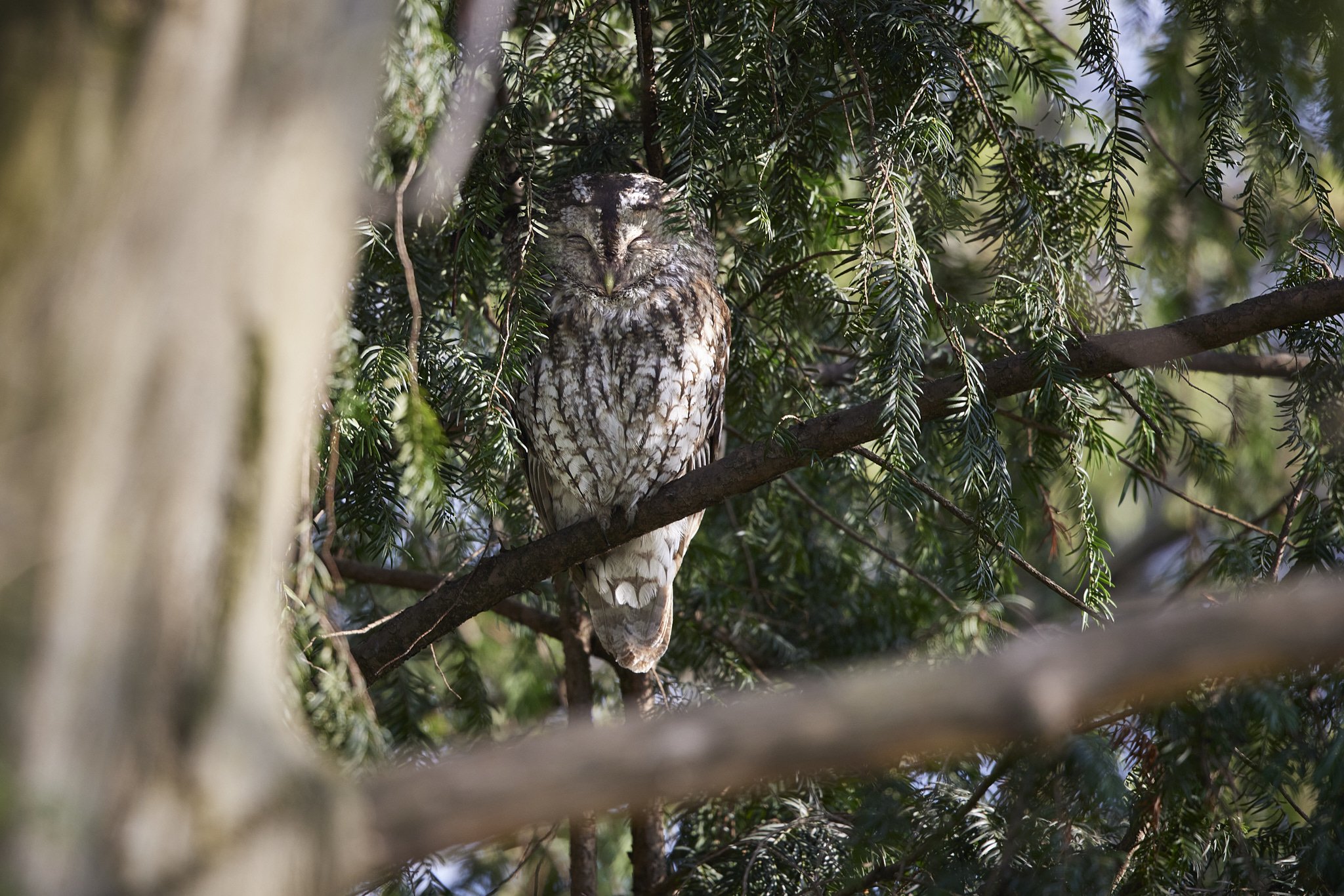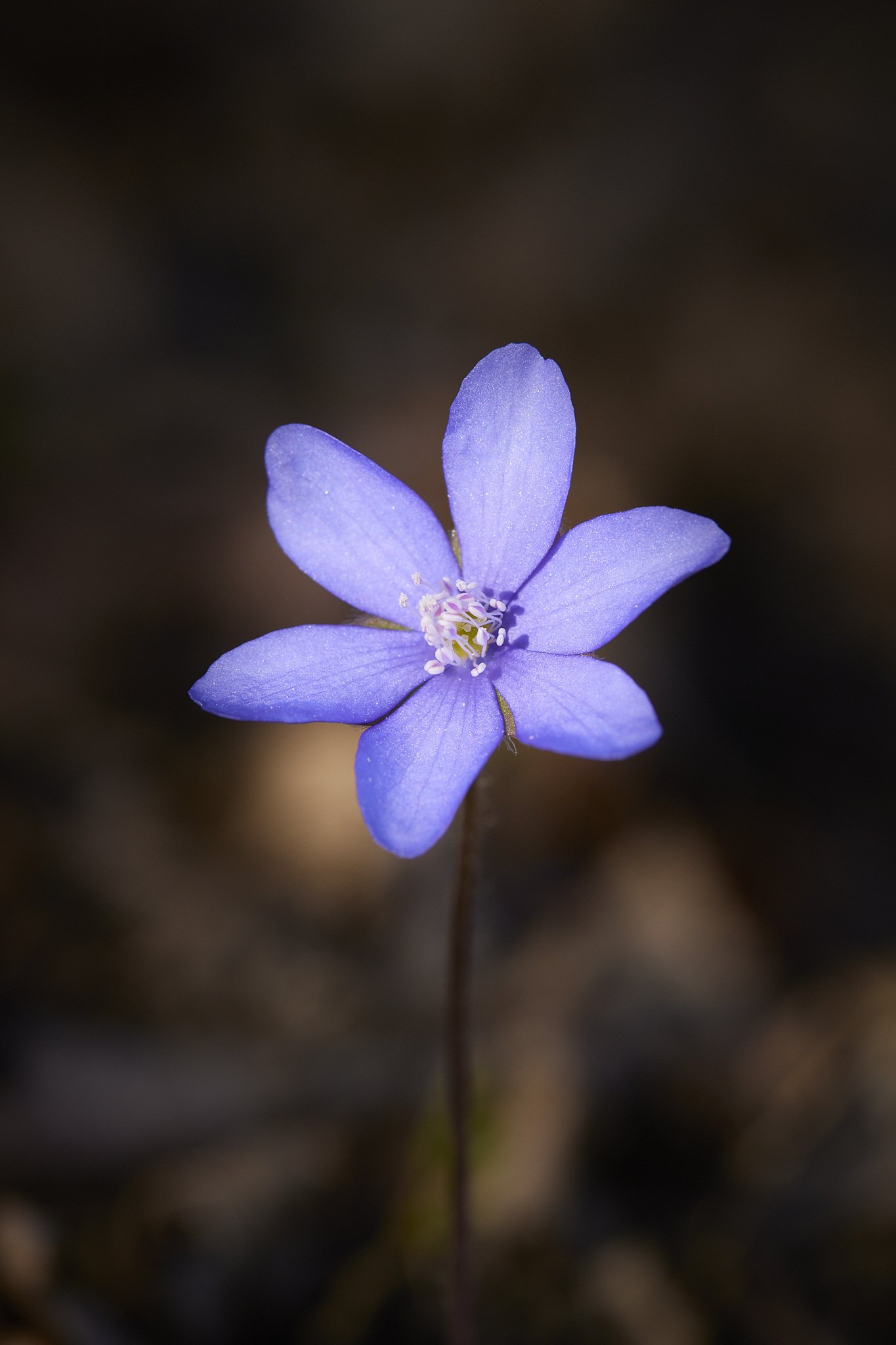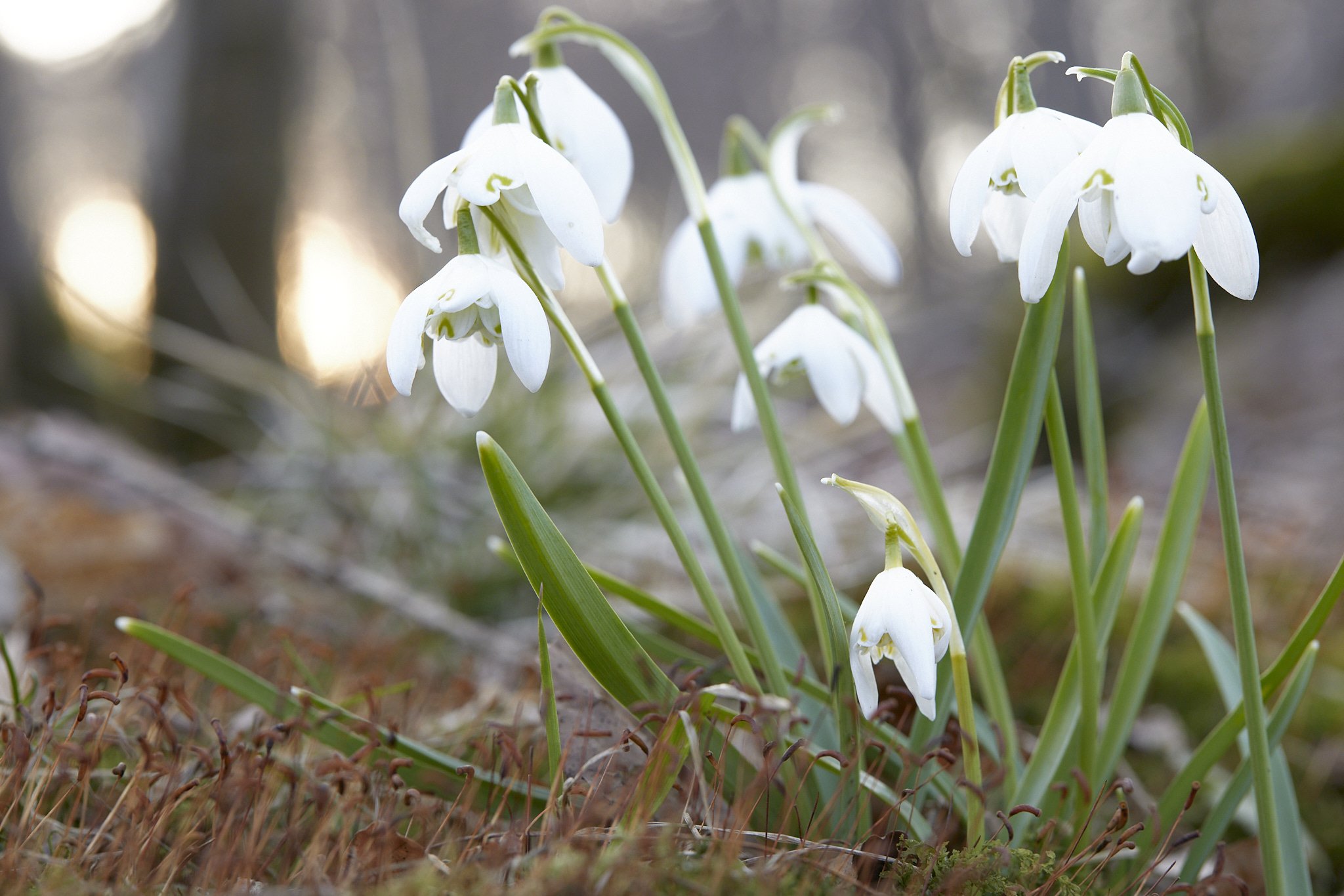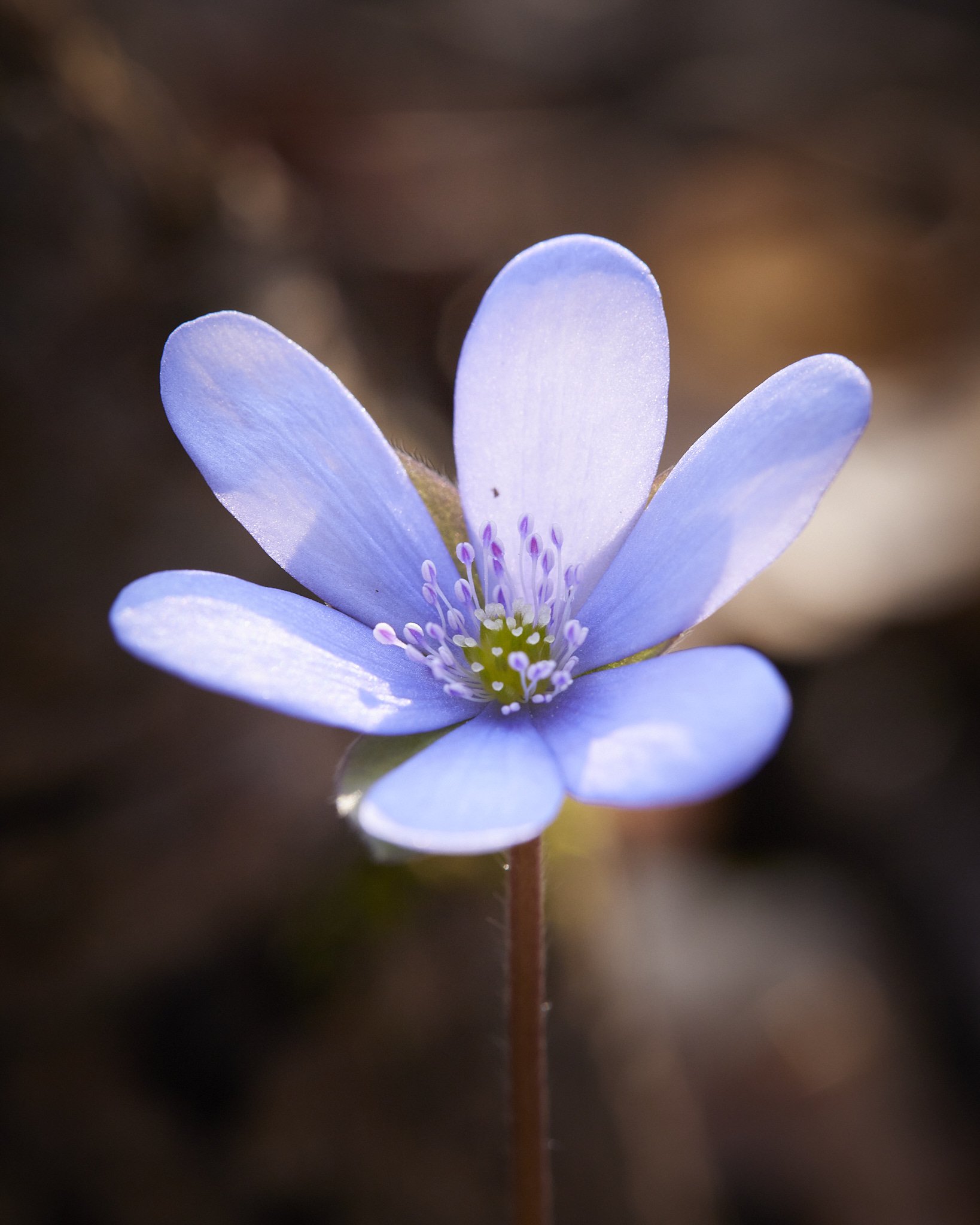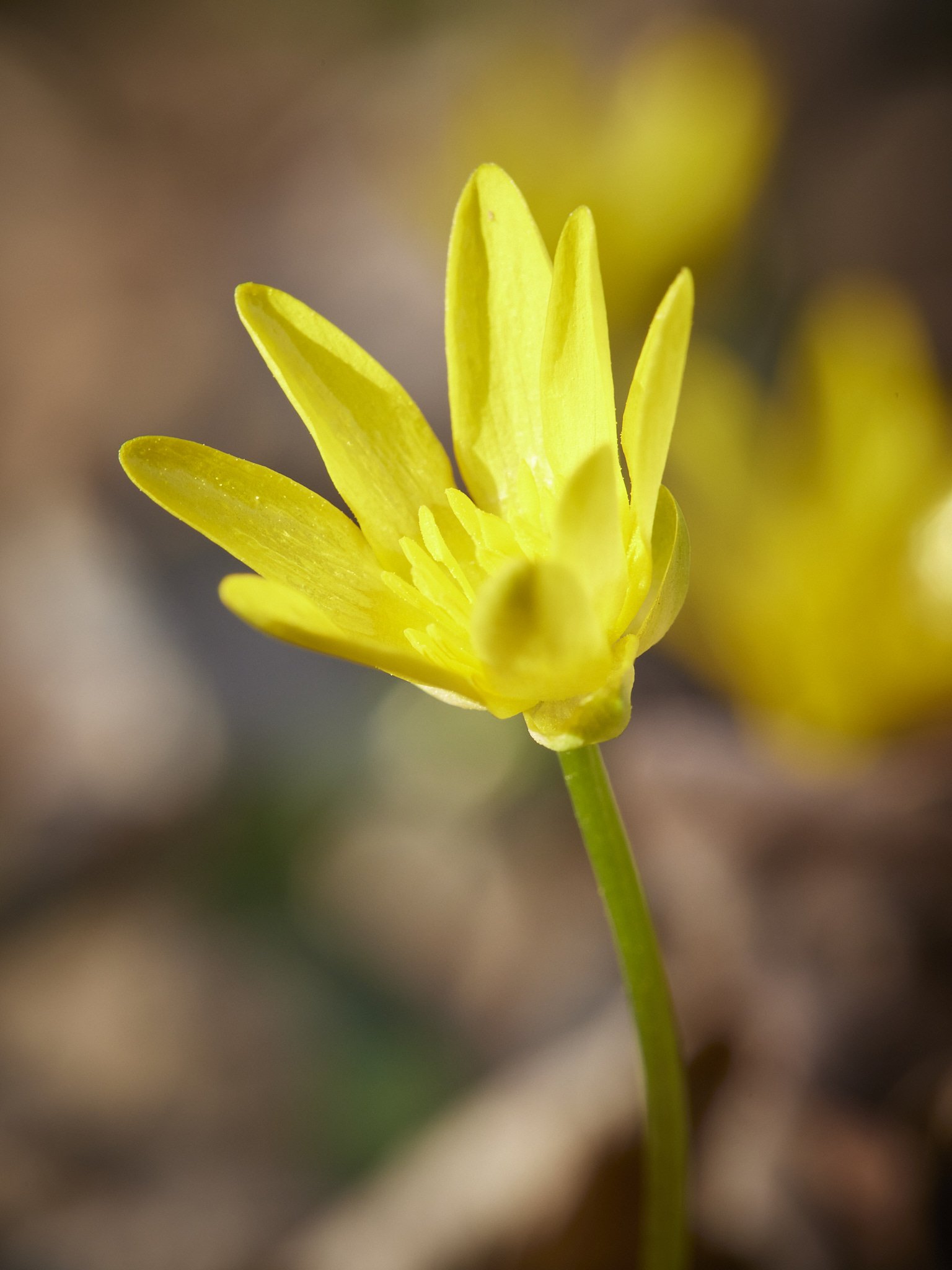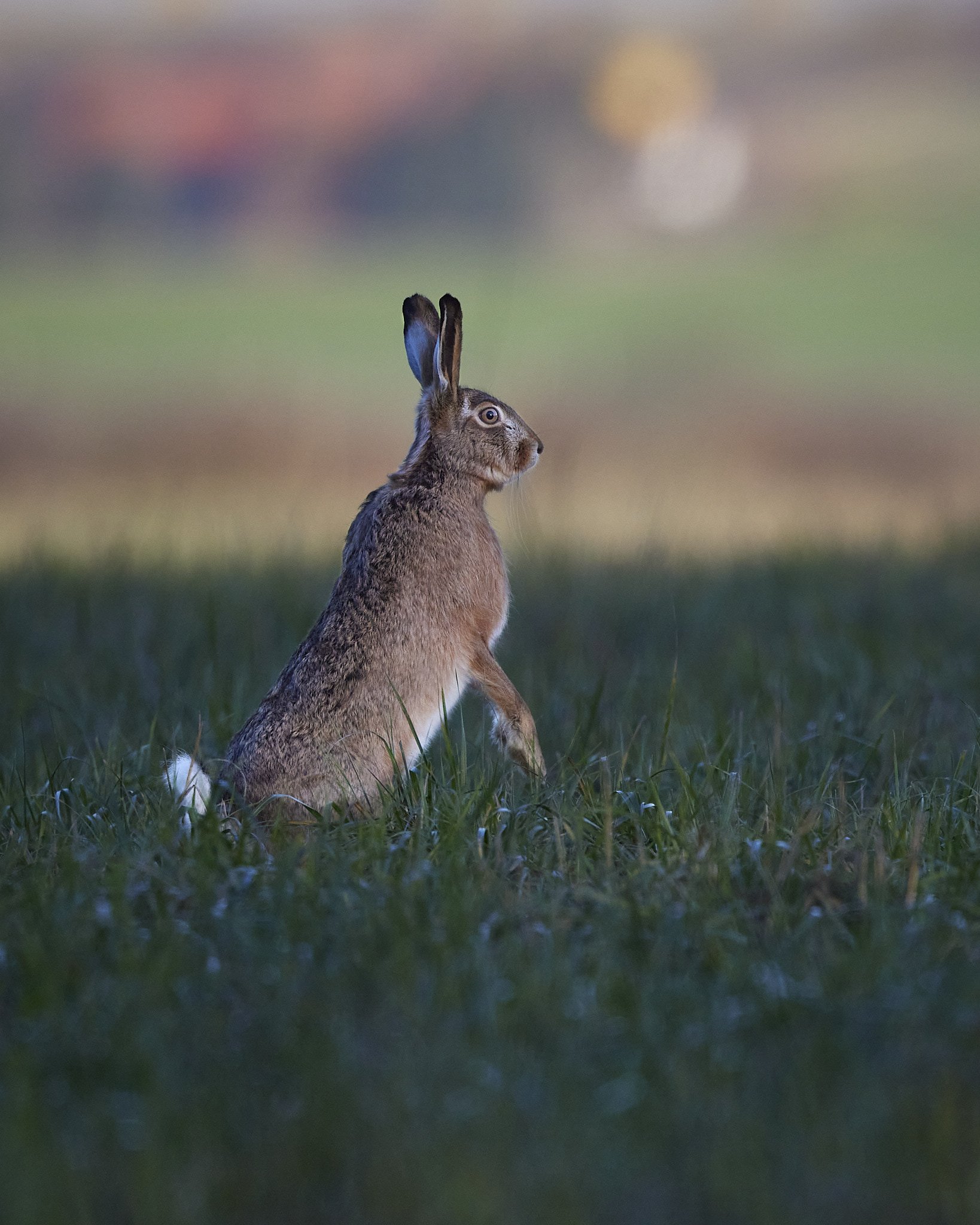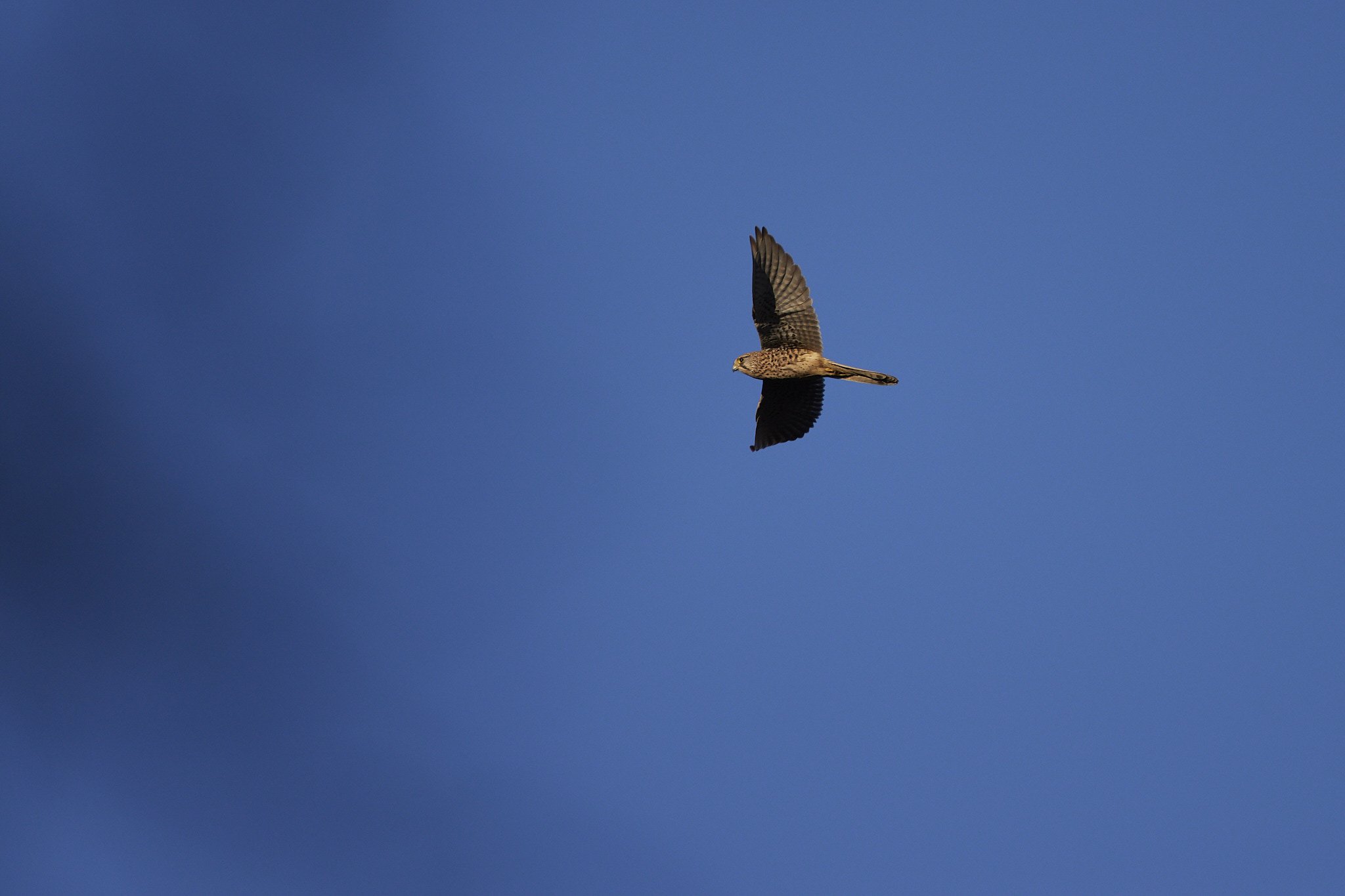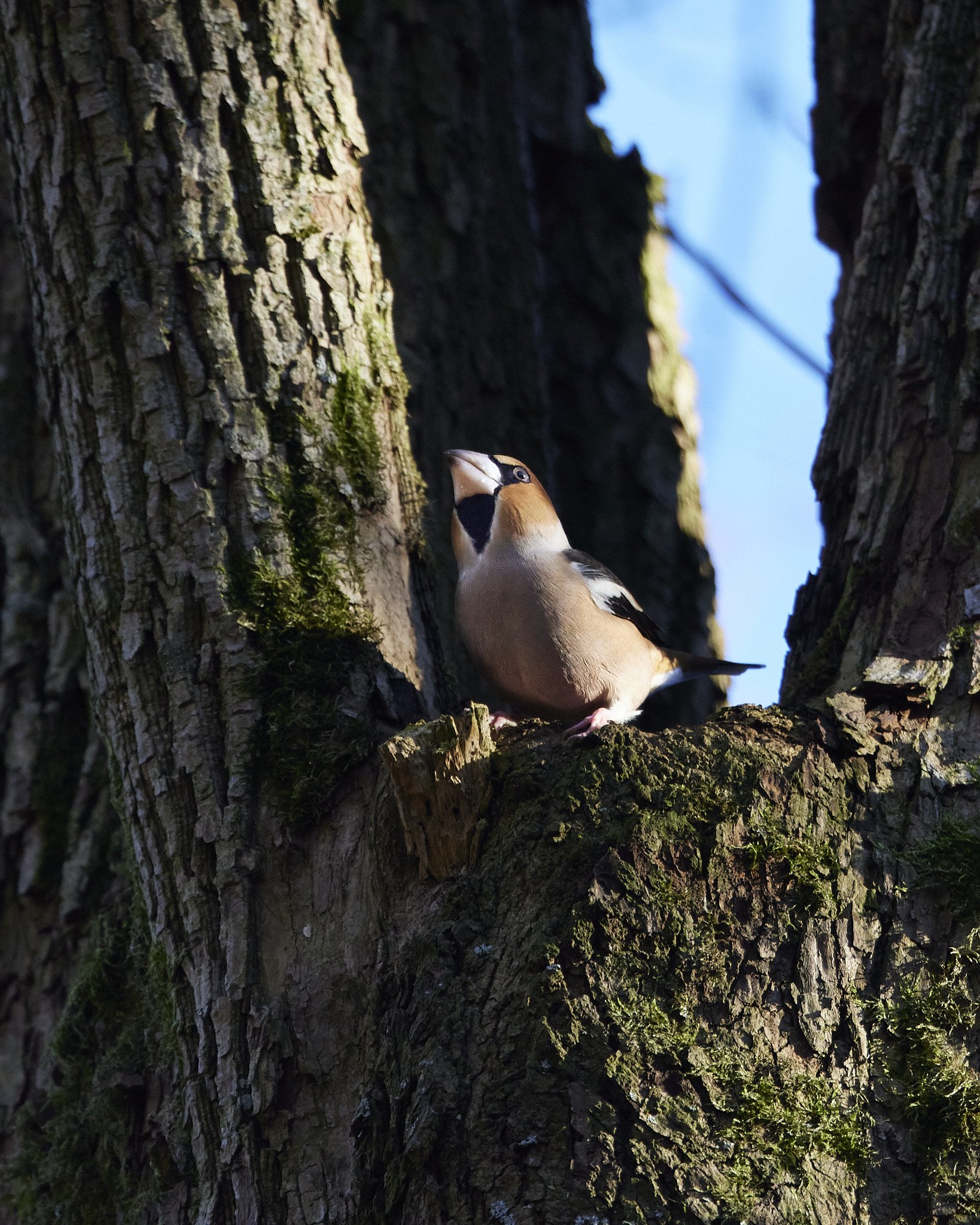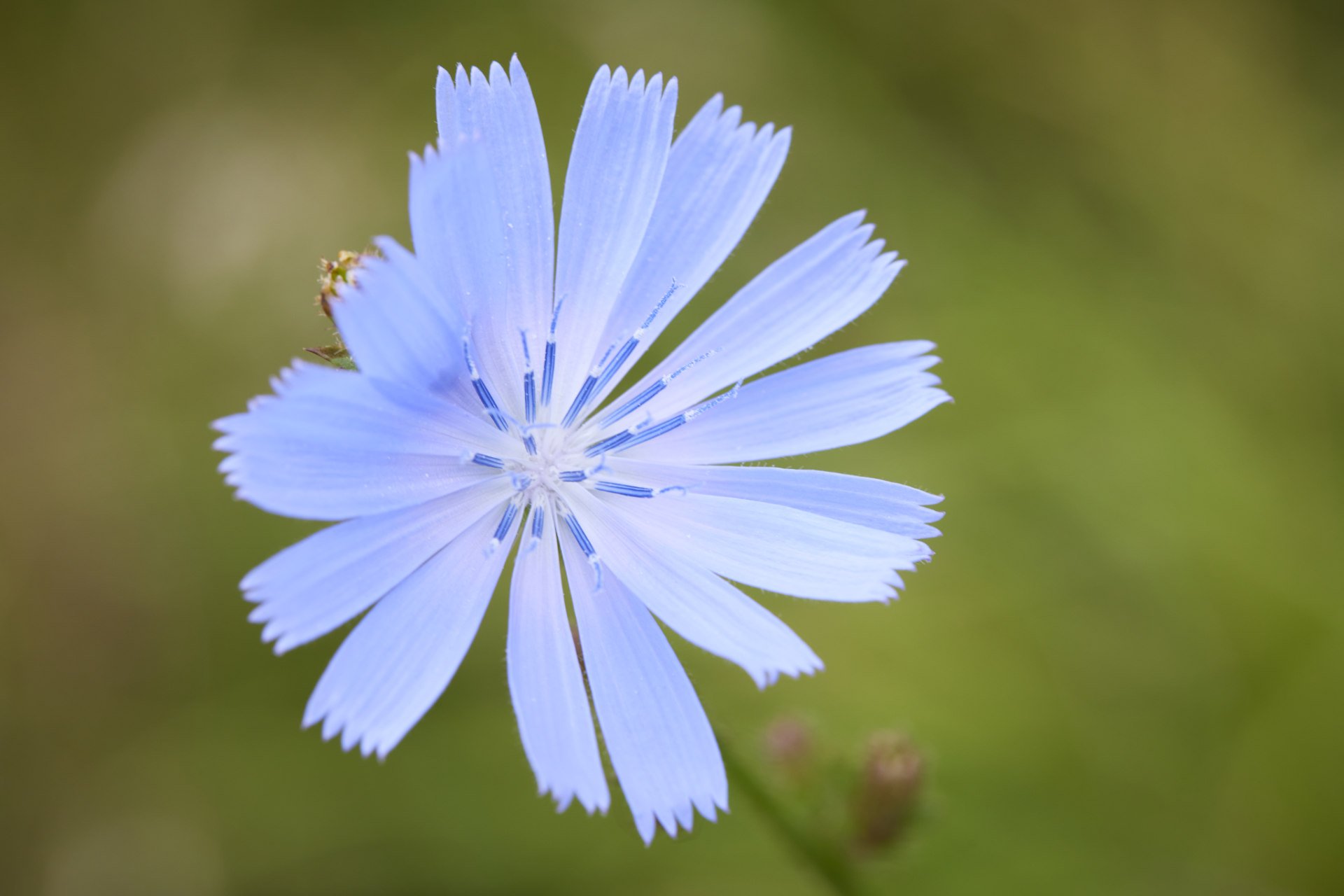Early March, with temperatures rising, I set out just do hang out a few hours in the sun, listen to birds and to nothing. On my way back, when the sun had just set, I found the first early bloomers in the most gorgeous of evening light. Mainly Spring Snowflake (Leucojum vernum) and one single Liverleaf (Anemone hepatica).
plants
Hair ice /
What is Hair ice?
Hair ice (also known as ice wool or frost beard) is a quite rare natural phenomenon. It forms from moisture inside dead or rotten wood and not from general humidity. The ice has the form of incredibly fine, silky white hair. It is only around 0,02 mm thick, about a quarter of the thickness of a human hair. And it is so delicate that once you touch it or even breath on it, it collapses. That said, Hair ice is incredibly soft and feels surprisingly warm to the touch.
I personally find it incredibly beautiful.
Hair ice only forms under very specific circumstances. There needs to be the slightest of frost with tempeatures just below 0° C in humid conditions. It must not be too cold, or the whole wood freezes over. It must not be windy, or it breaks down. Hair ice only forms in parts of the Northern hemisphere and only in deciduous forest. It does not form on bark, only on bare wood.
Thankyou, fungi!
As soon as 1918, German meteorologist Alfred Wegner assumed a fungus as catalyst for the formation of Hair ice. About 100 years later, in 2015, the fungus Exidiopsis effusa finally has been identified as key to the formation of Hair ice.
Humans have not yet find a way to reproduce it.
Sources: DWD, National Geographic, Wikipedia (EN), Wikipedia (DE)
Heather 💜 /
I have been born in a region of Germany that is famous for its vast fields of heather. When the heather is blossoming in all its vibrant purple glory, it is really wonderful to behold. Enjoy “Lüneburg Heath”!
The Botanical Garden /
My hometown of Goettingen boasts not only one, but three huge Botanical gardens, all founded by the university. As one of Germanys oldest universities, the gardens are very old, too. The oldest of the three, subsequently named “Alter Botanischer Garten”, was founded back in 1736 by famous botanist Albrecht von Haller. All three are quite different, but very beautiful. And throughout the year, they are a place of bloom and beauty. Recently, I visited this “Old Botanical Garten” right in the city center, to photograph the spring bloom. While it was midday and the light very, very bright and harsh, I focussed on my recent area of interest, which is high key.
I concentrated on mainly three topics. Pasqueflower, winter heath and grape hyacinth. But I was very happy to notice the humming and buzzing around me. The gardens are home to a lot of wild bees and also bumblebees. And of course, birds. But this is a matter for a different blog post.
Spring again /
I nearly missed those beauties and all the other early blossomer this year. Most of them are gone already, hanging their heads. But one or two remain still beautiful. And of course there is a lot more beauty in an early spring German beech forest.
Lovely local Tawny Owls /
After a one year break, my well known urban Tawny owls came back to the local park nearby to bread. You recognise the female owl by its distinct reddish hue. In 2021 it bred downtown, 2022 it evaded an Eagle owl, and 2023 it came back.
The early owl
I was more than a little surprised when I heard the little owlets begging as early as the first week of April. The next few days revealed three branchlings - one distinctly smaller - who all seem to have made it through the dangerous first days and weeks before they finally learned to fly and I lost track of it.
Spring love
I visited the owls nearly every day for a period of nearly two weeks. By day, they and their watchful parents preferred to hide within the dense branches of a Thuja. After dusk they roamed a considerably larger area, sitting every night in different branches of the surrounding trees, begging. With the owls, the park vegetation grew and grew, too. A lovely spring!
Early blossomers: Liverleaf, wood anemone and snowdrop /
Right now, while I am writing these lines, the first liverleafs stretch their heads through the ground. Time for me to revisit two wonderful days in spring 2022 with lots of liverleaf (Anemone hepatica), wood anemone (Anemonoides nemorosa and Anemonoides ranunculoides) and snowdrops (Galanthus nivalis).
I am not a botanist, unfortunately. I had a flower lover with me, and without her, I would not have taken these images. This makes me very thankful. I myself overlook the wonder and beauty of plants way too easily, as I have very little knowledge about those beauties.
That’s why there is not much of a story that I can tell here. I leave it to you to behold and wonder and make your own story of it.
PS Oh and of course, I met some animals, too.
Getting my feet wet: Macro photography /
2021 marked a significant creative slouch. More often than not, I only grabbed my binoculars and went birdwatching - leaving the camera alone. So I set myself a new photographic challenge. I bought myself an used macro lens and started to practice. Ever since, it has been a combination of utter joy and frustration and rage. Macro lenses open a whole new world of smallest details and patterns to you. But on the other hand, your typical rules of composition and imagery might not apply. It is incredibly difficult to focus. Your keeper rate is low, even compared to wildlife standards. But every once in a while, you are being rewarded with an image that stays.





























